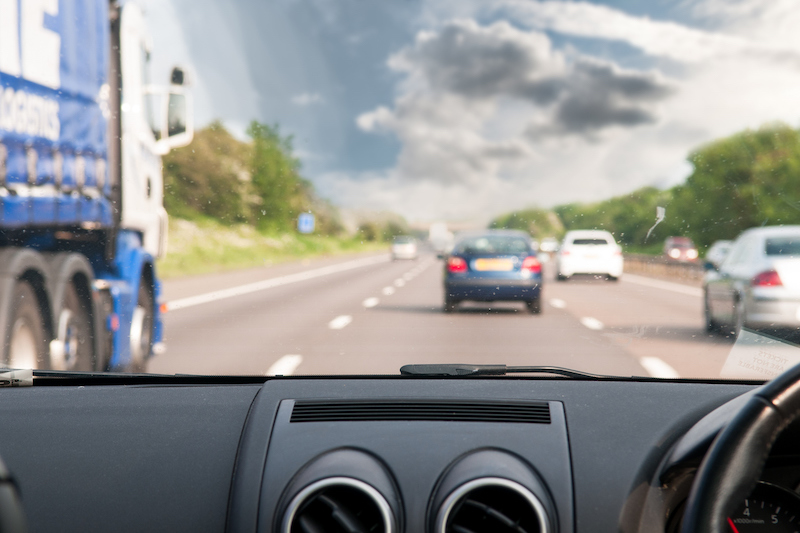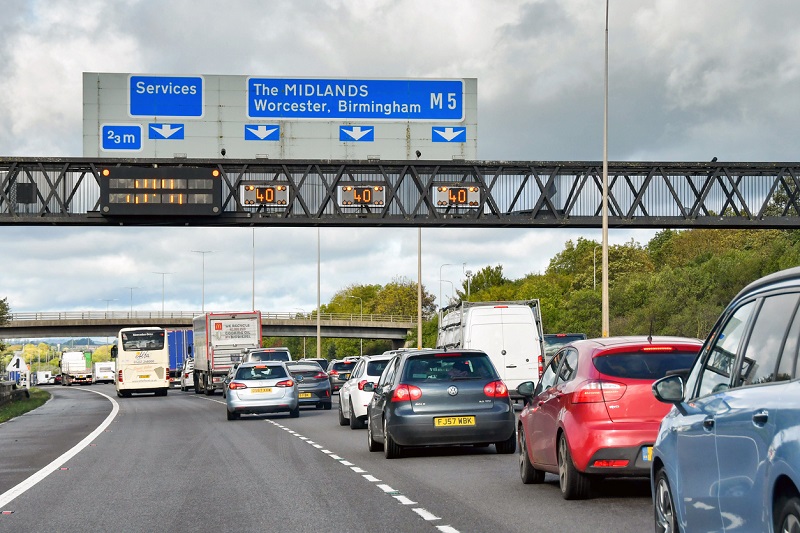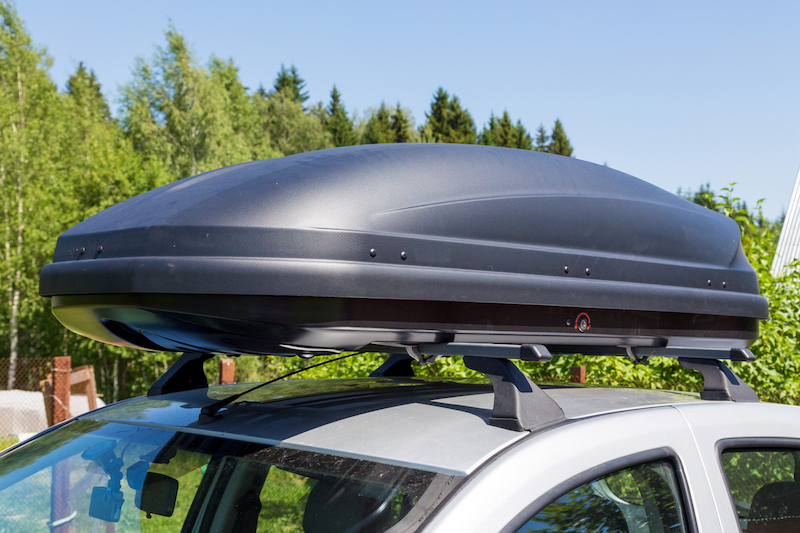1st CENTRAL guide to Clean Air Zones across Britain

The government is gearing towards the ban on the sale of new petrol and diesel cars from 2030, all new cars and vans to be zero-emission at the tailpipe from 2035, and net zero by 2050. It is hoped that Clean Air Zones (CAZ) across the country will help to achieve these targets.
CAZs are intended to reduce pollution by removing high-emission vehicles from towns and cities, improve the life of local residents and help to support a sustainable future.
What are Clean Air Zones?
A Clean Air Zone is an area where a local authority has taken action to improve air quality, shape the environment in a way that improves health and support economic growth.
There are two types of CAZ – non-charging and charging:
- Non-charging CAZs are defined geographic areas used to home in on improving air quality without charging vehicles money for entering. Measures might include retrofitting certain vehicles, traffic flow management to reduce emissions and rerouting some traffic.
- Charging CAZs are areas where drivers are required to pay a charge to enter, or move inside, if their vehicle doesn’t meet the environmental standard in that zone. These are based on Euro emission standards. Charges vary depending on the type of vehicle. Birmingham, for example, charges more polluting cars, taxis and vans £8 a day and coaches, buses and heavy goods vehicles (HGVs) £50 a day in a particular zone.
Why have Clean Air Zones been introduced?
In 2015, the Supreme Court ordered government ministers to take action to tackle the levels of nitrogen dioxide (NO2) in the air, due to both the threat to public health and mounting pressure from environmental groups.
The World Health Organisation estimates that poor air quality leads to more than four million[HM1] premature deaths every year. In the UK, the main cause of this is air pollution. It is hoped that by implementing CAZs across the country, this statistic will improve, while helping to support the transition to green targets.
How do Clean Air Zones help?
CAZs help to improve health as cleaner air has benefits for everyone. This is particularly important for the elderly, young children and people with existing health conditions. Removing or limiting the number of polluting vehicles that can enter an area in a city or town is a fast and effective way to achieve improved air quality.
Clean Air Zones also help to preserve the environment. As we move towards the 2030 ban, putting limits on non-compliant vehicles will help to encourage the switch to low or zero-emission vehicles, such as electric vehicles.
CAZs also offer other benefits, such as encouraging drivers to spend less time behind the wheel and either use public transport, cycle and walk, as well as reducing congestion in busy town and city centres.
Where are they?
London has its own Ultra Low Emission Zone (ULEZ), which expanded to the inner boundaries of the capital’s North and South Circular roads on 25 October.
Bath introduced a Clean Air Zone in March 2021.
Birmingham introduced a Clean Air Zone in June 2021.
Brighton introduced a low emission zone in 2015, but this only applies to local buses.
Bristol will launch a Clean Air Zone in the summer of 2022.
Norwich has a Clean Air Zone that also only applies to local buses.
Oxford began charging drivers of non-complaint vehicles in its zero-emission zone in August 2021.
Portsmouth will launch a Clean Air Zone in November 2021.
Manchester will launch a Clean Air Zone in May 2022.
How can I make my vehicle compliant?
There are four classes of CAZ:
- Class A: Buses, coaches, taxis, private hire vehicles
- Class B: Buses, coaches, taxi, private hire vehicles, HGVs
- Class C: Buses, coaches, taxis, private hire vehicles, HGVs, vans, minibuses
- Class D: Buses, coaches, taxis, private hire vehicles, HGVs, vans, minibuses, cars, and the local authority has the option to include motorcycles
To avoid charges, your vehicle must meet the emission standards of the CAZ you are entering.
- For buses, coaches and HGVs, this is Euro VI.
- For vans, minibuses, taxis, private hire vehicles and cars this is Euro 6 (diesel) and Euro 4 (petrol)
- For motorcycles this is Euro 3.
You can use the government’s online checker to find out if you need to pay for your vehicle in a CAZ, or to pay the charge. You just need to enter the number plate of the vehicle you’ll be driving.
Failing to pay any charges could land you with a fine of £120, though this can be halved to £60 if paid within 14 days.
To find out more about how measures for clean air are working in practice, read our report on scrappage scheme applications being rejected ahead of London’s ULEZ expansion.


